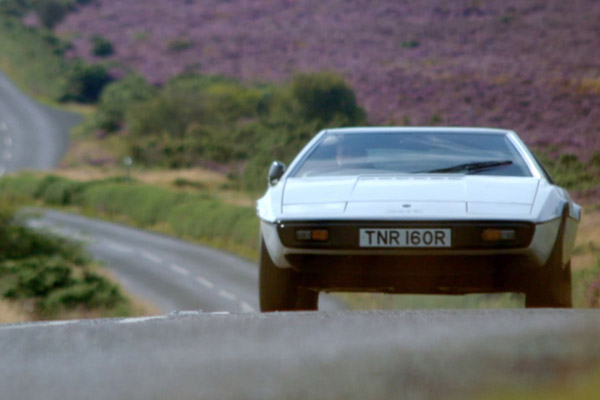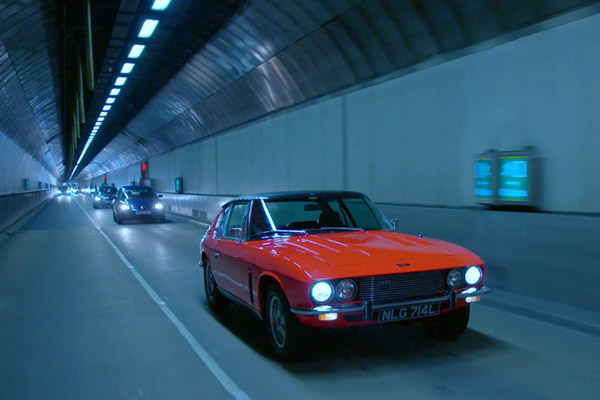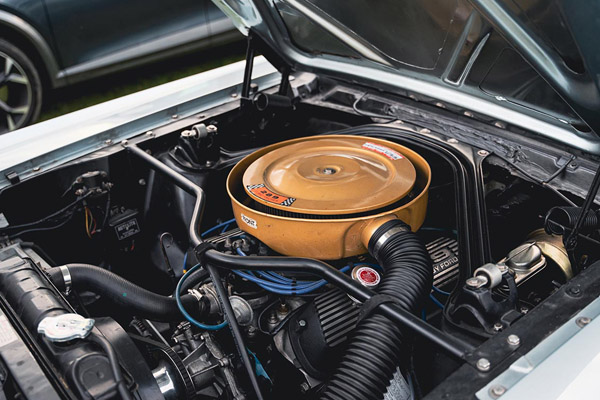11 April 2025
As the weather shows hints of becoming nicer, thoughts of classic vehicle owners will inevitably turn to where they can take their car, bike, van… delete as appropriate. But with this hopeful venturing forth comes the prospect of preparing the vehicle for said adventure.
However, this will take varying degrees of planning, depending on the reliability of your vehicle. We’ve jotted down this checklist of elements to inspect before setting off on your road trip.
Mini-MOT
Most classic drivers will give their car a looking over before setting out on a trip anyway, partly to makes sure everything looks good aesthetically, but also to catch any unexpected signs of issues; a surprise puddle beneath the vehicle, a dead battery, a new electrical gremlin… the list goes on. Essentially, unlike modern cars that tend to soak up abuse, a classic is cherished and for good reason.
But before setting off on a longer trip, a little more than a cursory look around is worthwhile. The question of what and for how long is open ended – give the car as much time as you can and feel as though you need to, but a check-up is certainly encouraged, with perishables such as tyres, belts, wiper blades, and hoses inspected. Similarly, give the lights a cursory check.
Make sure the mechanicals are in good working order too before you head on a long trip. Take a shorter test drive on familiar roads to ensure that the brakes, gear change, suspension, and engine are all in fine fettle. Anything major that looks suspect, it’s certainly worth postponing your road trip.
Practical improvements

Photo Courtesy of "The Classic Car Show"
If your car is a little uncomfortable after a while in the driver’s seat, then look to make some practical changes to allow for longer stints behind the wheel. A simple cushion could make a big difference in how your back or legs feel after a day’s driving, especially if you usually stick to shorter routes in your classic.
Similarly, make sure you have a phone charger available (where possible); a good charge on your phone is of particular importance when… if, you get stuck somewhere.
Portable workshop

Photo Courtesy of "The Classic Car Show"
This next section will change most from driver to driver, and will depend on personal preference and expertise. For those of you who tinker and maintain your vehicle largely yourself, getting a toolkit and parts will be a good idea to keep in a box or bag in the boot.
Each owner will know their own vehicle’s particular quirks, and the tools, spares, and work-arounds that will best enable you to complete roadside repairs. If you know that a fuel pump is particularly fragile in your classic, then perhaps have a spare one to hand, with the tools needed to replace one. That sort of thinking could save a lot of time and money when it comes to being stranded.
Clearly, it’s not worth taking every part and tool that you own to cover every eventuality; and guaranteed that if you set off well prepared, something that you hadn’t foreseen going wrong will break! But, if nothing else, a basic tool kit could significantly help matters, even if it’s a bodge-job to get you to the next garage.
Other than that, make sure you have your favourite bag of sweets, a bottle of something to drink, a map of the area – digital or physical – and enjoy your trip.

Photo Courtesy of "Bicester Heritage"


COMMENT